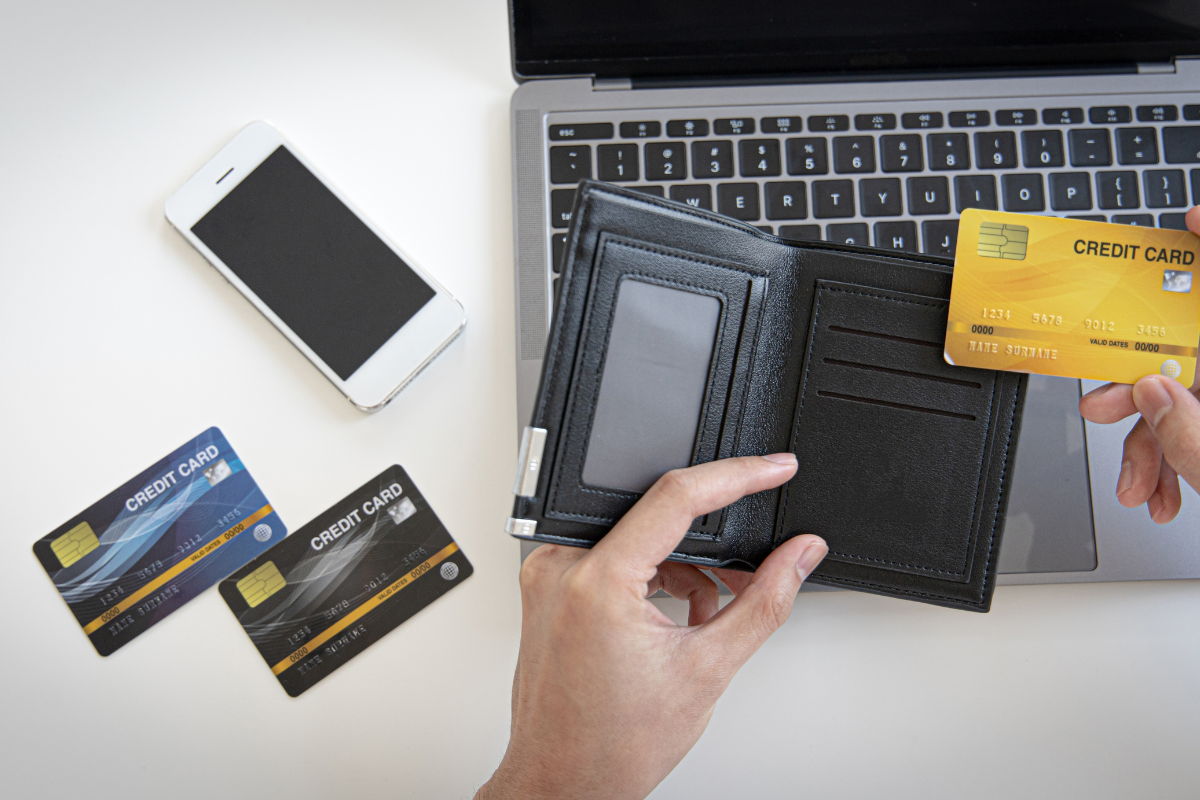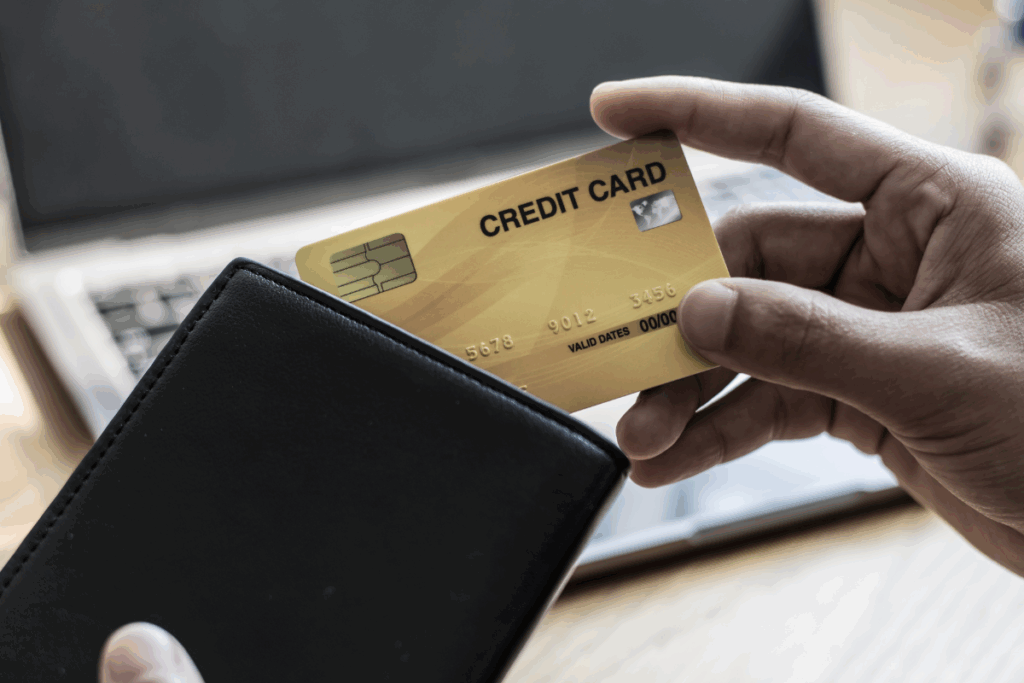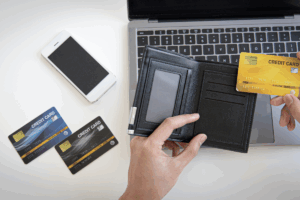
In Singapore, paying your personal income tax is a compulsory annual financial commitment. The Inland Revenue Authority of Singapore (IRAS) offers several methods of payment, including GIRO, bank transfers, and now, increasingly popular third-party platforms such as CardUp. CardUp allows you to pay your tax bill using a credit card, even though IRAS itself does not directly accept credit card payments. This opens up new possibilities for those looking to maximise credit card rewards or manage cash flow. However, while there are definite upsides, this payment method also comes with notable caveats.
This article delves into the pros and cons of using your credit card to pay your personal income tax via CardUp, aiming to provide a comprehensive overview to help you make an informed financial decision.
What is CardUp?
CardUp is a Singapore-based fintech platform that allows users to make payments such as rent, taxes, insurance premiums, education fees, and even condo maintenance fees using a credit card — payments that typically wouldn’t be eligible for card use. The company charges a processing fee (usually around 2.25% to 2.6%), in return for enabling these transactions.
To pay your income tax via CardUp, you simply set up the payment through their platform, enter your tax reference details and amount payable to IRAS, and the platform handles the rest — transferring the funds to IRAS via bank transfer.
Advantages of Paying Income Tax via Credit Card (Through CardUp)
1. Earn Credit Card Rewards
Perhaps the most compelling reason individuals choose to use CardUp is the opportunity to earn credit card rewards — whether that’s cashback, air miles, or reward points.
- Miles Chasers: Paying a $10,000 tax bill through a miles card that earns 1.4 miles per dollar (e.g., Citi PremierMiles) could net you 14,000 miles — enough for a return ticket to Bangkok or part of a long-haul trip.
- Cashback Enthusiasts: Depending on the card, cashback earned might partially offset CardUp’s processing fee.
If you already spend smartly using your credit card, CardUp simply extends this benefit to another large payment segment.
2. Maximising Signup Bonuses
Many credit card sign-up bonuses require a minimum spend within a short window (typically 1–3 months). Using CardUp to pay your income tax can be a fast-track way to qualify for lucrative welcome gifts or bonus miles.
Example:
- A credit card offering 45,000 bonus miles for a $5,000 spend in 60 days becomes achievable simply by routing your tax payment through CardUp.
3. Improve Cash Flow
If your tax bill is sizable and your cash reserves are temporarily tied up (perhaps due to investments or emergencies), using a credit card allows for short-term deferment of cash outlay — especially if your card offers a long interest-free period (typically 20–25 days from statement).
This can be particularly helpful for:
- Freelancers and business owners with irregular cash inflows
- Individuals managing temporary expenses alongside their tax commitments
4. Leverage Interest-Free Instalments
Some credit cards, when used via CardUp, can be converted to 0% instalment plans with banks, spreading your tax payment over 3–12 months without incurring interest.
This softens the impact of a lump-sum tax bill, turning it into manageable monthly payments — useful for budgeting and household cash flow management.
5. Earn Reward Points on Normally Non-Rewarding Transactions
Since IRAS does not accept credit card payments directly, income tax is typically a non-rewarding expense. CardUp bridges that gap, unlocking value from an otherwise “dead” payment — especially useful for optimising annual credit card strategy.
Downsides of Paying Income Tax via Credit Card (Through CardUp)
1. Processing Fees Can Offset Benefits
CardUp charges a fee typically ranging from 2.25% to 2.6% per transaction, which may outweigh the value of rewards earned depending on your card type.
Example:
- If you pay $10,000 in tax with a card offering 1.5% cashback, you earn $150.
- However, a 2.25% fee on $10,000 is $225 — netting you a $75 loss.
Thus, it’s not always a financially advantageous move unless you:
- Have a high-value miles card (e.g., >1.4 miles/$)
- Are qualifying for a sign-up bonus
- Can convert to a 0% instalment and derive cash flow benefits
2. Not All Cards Qualify for Rewards on CardUp Payments
Some banks explicitly exclude CardUp transactions from earning rewards or cashback. This depends on the card issuer and product type.
For instance:
- UOB cards are notorious for excluding most third-party payment processors from points accumulation.
- Certain AMEX and HSBC cards still reward CardUp transactions.
Always check your card’s terms and conditions or confirm with the issuer before proceeding.
3. Delayed Gratification of Benefits
While paying upfront fees is immediate, rewards such as miles and cashback can take time to be credited. Some users may find this delay unsatisfying, especially if they are relying on the benefit for upcoming travel or financial planning.
Moreover, you’ll still need to pay off the credit card bill promptly to avoid high-interest charges — usually upward of 26% p.a.
4. Over-Extension of Credit Limit
A large tax payment can consume a substantial portion of your credit limit, possibly affecting:
- Your credit utilisation ratio (which may affect your credit score)
- Your ability to spend on other necessary purchases temporarily
For cards with relatively low limits (e.g., <$5,000), this could be problematic unless you’re disciplined and settle your balance immediately.
5. Risk of Over-Reliance on Credit
While CardUp offers flexibility, it can encourage overuse of credit to cover mandatory obligations. If not managed prudently, this could spiral into high-interest debt — especially if the instalment plans lapse or if you’re unable to make repayments on time.
Situational Use Cases: When It Makes Sense
✅ Use CardUp When:
- You’re chasing a high-value sign-up bonus and need to meet the minimum spend.
- You hold a premium miles card with earn rates >1.2 miles per dollar.
- You are cash-rich but want to stretch liquidity or align cash flow better.
- Your card allows conversion to 0% interest instalment plans.
- You’re just shy of qualifying for an annual card fee waiver that’s based on total yearly spend.
❌ Avoid CardUp When:
- You only hold cashback cards with rates below the CardUp fee.
- Your card does not reward third-party payment processors.
- You are carrying existing high-interest debt or face difficulties making repayments.
- Your credit limit is insufficient to handle a large lump sum.
Cost-Benefit Analysis Example
Let’s say you have a tax bill of $8,000.
- Card: Citi PremierMiles (1.2 miles per $1 local spend)
- CardUp Fee: 2.25%
- Total Cost: $8,000 + $180 (fee) = $8,180
- Miles Earned: 9,816 miles
Assuming a conservative valuation of 1.5 cents per mile, your miles are worth approximately $147.24. Compared to a fee of $180, this transaction results in a net loss of ~$32.76 unless:
- You place higher value on miles (e.g., via long-haul redemption)
- You meet a bonus spend threshold worth more than the cost
- You convert the spend to 0% instalment, improving cash flow
Final Thoughts: A Tool — Not a Default Strategy

Using your credit card to pay your personal income tax via CardUp is not inherently good or bad — rather, it’s a tool that, when used appropriately, can unlock substantial financial benefits.
For disciplined cardholders, it offers a way to:
- Optimise rewards
- Qualify for bonuses
- Improve liquidity
- Extract value from an otherwise non-rewardable payment
However, if used without understanding the mechanics — particularly around fees, exclusions, and repayment obligations — it can quickly turn into a costly mistake.
Key Takeaway
Always run the numbers. Assess the total cost versus benefits in your unique financial situation. When done strategically, CardUp can be a powerful enabler in your broader personal finance toolkit — but it’s not a one-size-fits-all solution.







